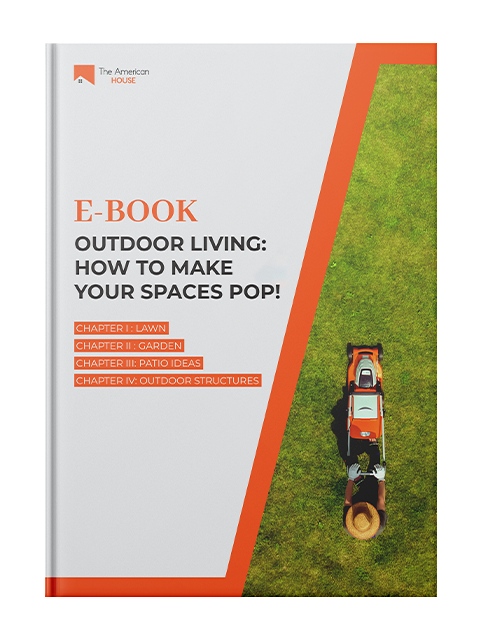
Let’s talk about the worst trees to plant in your yard!
We love trees. They can provide shade, spring, fall, or year-round color, and visual interest no matter where they’re planted. A yard without trees is indeed a forlorn space.
In other words, trees provide multiple benefits for both homeowners and the planet, but not all trees are suitable for home gardens. Some of the worst trees to plant can grow too large, while others make tons of debris from falling leaves and twigs, and still others break sewage pipes and clog drains with their aggressive roots.
Throw in invasive species, and your tree selection could create issues for you and the local ecosystem.
There are so many easy-care trees out there, so why choose one that will potentially ruin your yard? Here are some of the worst trees to plant in your yard. Plus, you’ll discover alternative choices for each that grow in the same conditions or have a similar look but won’t cause the same headaches.
Let’s get started!




